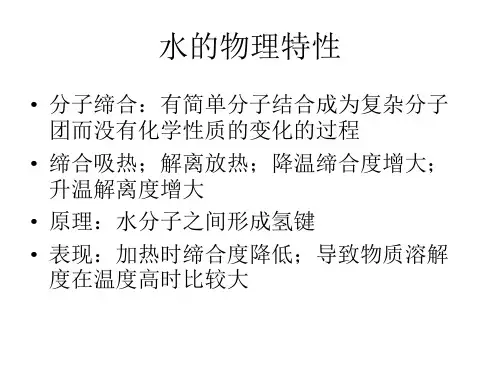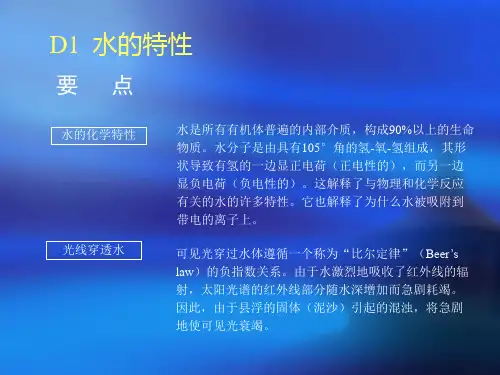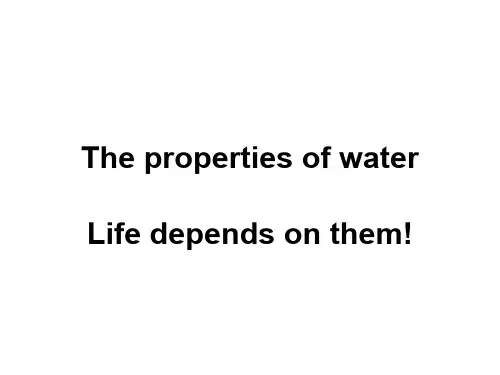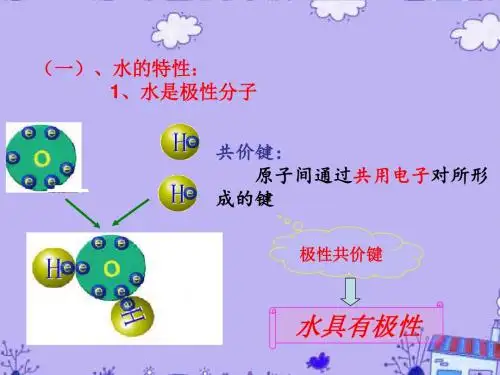Roots can cap capture water from the soil in two ways: either water may move through the soil towards a root or the root may grow through the soil towards the water. As a root withdraws water from the soil capillary pores at its surface, it creates water depletion zones around it. If a root draws water from the soil very rapidly, the resource depletion zone (EDZ) will receive water from the surrounding soil at a slow rate, restricting water availability, so plants may wilt even in soil containing abundant water.
Aquatic plants and water
Water is apparently available in aquatic environments. However, the osmotic regulation of internal fluids can be energetically expensive, especially in saline environments. The salinity of an aquatic environment and of terrestrial habitats bordering the sea has an important influence on plant distribution and abundance. Plants which grow in high salinity, halophytes, accumulate electrolytes in their vacuoles, but the concentration in the cytoplasm and organelles is kept low.










